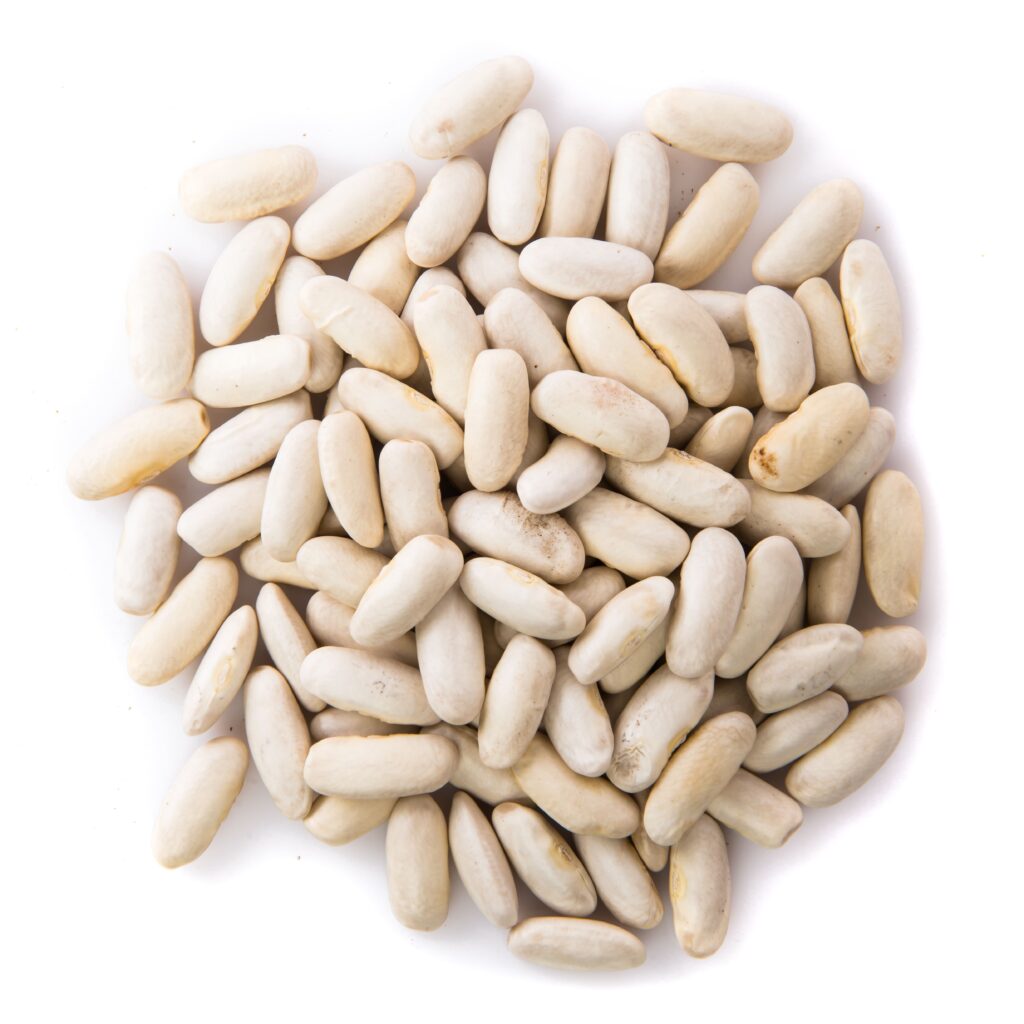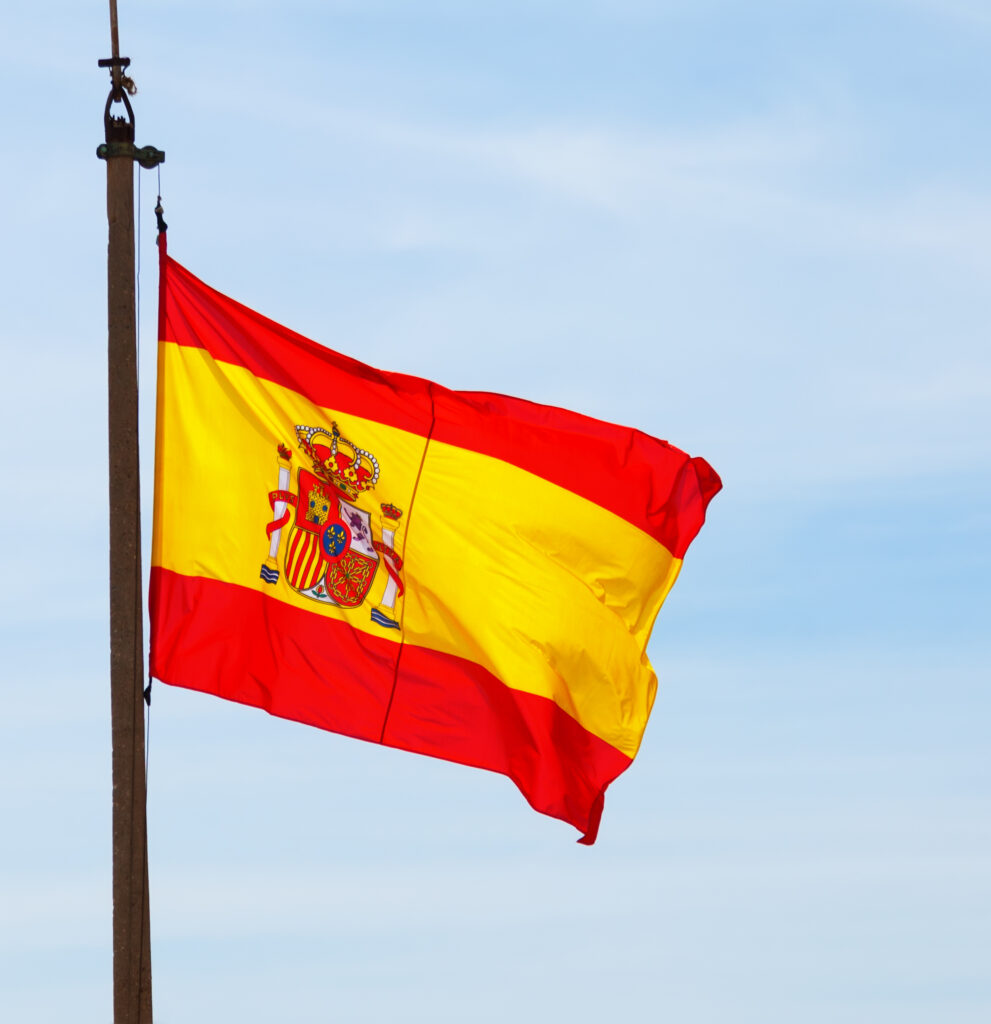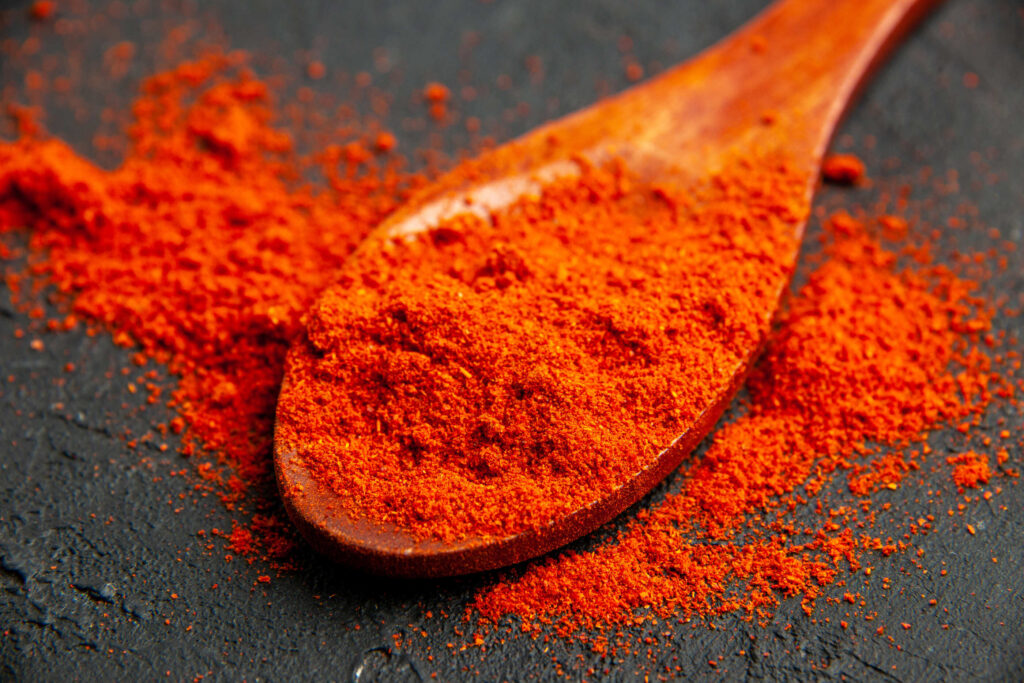Fabada Asturiana: A Hearty Stew from Northern Spain
The fabada asturiana, or fabada for short, is a heavy bean stew hailing from northern Spain’s Asturias district. It is a well-regarded component in Spanish cuisine due to its richness and substantial ingredients which make it taste so good when one eats it; this dish holds its origins in certain traditional practices like consuming it only during winter for instance since cold weather favor savory foods also has become synonymous with rustic Spanish cookery characterized by strong local components.
A Symphony of Creamy Beans and Smoked Meats
Fabada’s primary ingredient is the great white bean known as fabes de la Granja, which is considered for its creamy consistency and capacity to take in flavors. Soaked overnight, these beans are combined with several kinds of meats, which include chorizo, morcilla (blood sausage), and lacon (cured ham). These meats together create a rich smoked meat taste that makes this soup extremely tasty.

Crafting Fabada Asturiana: Patience and Precision in a Rich Stew
The process of preparing fabada may seem simple, but patience is required. Beans need to be soaked for some time before being boiled together with meat products slowly on low heat; in addition saffron may also be used as well as occasionally garlic cloves or spices (cayenne pepper). By this means through long hours spent cooking them at low temperature all ingredients harmonize perfectly thus making its final taste very delicious.
Fabada asturiana, normally served as a main course is often accompanied by crusty bread and a glass of Asturian cider, which helps cut through the rich stew it is. A typical situation in which it is eaten is during family gatherings or festive occasions thus showing the communal spirit behind Spanish dining.
The Evolution of Fabada: From Rural Staple to Global Culinary Icon
This dish is of rural Asturias and was originally consumed as a common traditional diet by most peasants and villagers who labored all day long. With the passage of time, the nationalization and globalization of fabada have truly made it what it was meant to be – the very symbol of Asturian cuisine.
Fabada is a popular dish in Spain as well as throughout the rest of the world among Spanish enclaves, nowadays. It is the ultimate epitome of Spanish comfort foods because it radiates warmth and hospitality through every bite. None would think otherwise that this simple yet tasteful stew has continued to grow in esteem overtime due to its unchanging nature of including ordinary things that make up a perfect dish.

A Taste of Tradition and Comfort from Asturias
In conclusion fabada asturiana, often called just fabada, is a traditional bean stew from the region of Asturias in north Spain. It is a solid meal that one finds in all menus of restaurants in Asturias and is famous for its rich flavor that helps to find warmth on cold days and comfort the soul.
The star of fabada is the large, creamy white beans known as fabes. These beans are slow-cooked to perfection with a selection of pork products, most notably chorizo, morcilla, and tocino. Rich savory flavors are imparted into the beans over hours as these meats simmer side by side with them producing a thick and rich broth.
When you add Spanish paprika known as pimenton or saffron enhances the complexity and color of that dish ; it gets a rich aromatic stew showing off the simplicity characteristic of Asturian cuisine.

Serving typically as a main course, Fabada is often eaten with bread (usually stale) and cider from Asturias available in winter, this being part of what makes it so common then because when you eat it, your body gets a lot of energy hence keeps warm (Tumonis, 2010). Although it symbolizes a lot culturally apart from just being tasty food to eat, this meal shows how well connected we are to farming even today in our region where we live together helping each other out (Tumonis, 2010).




